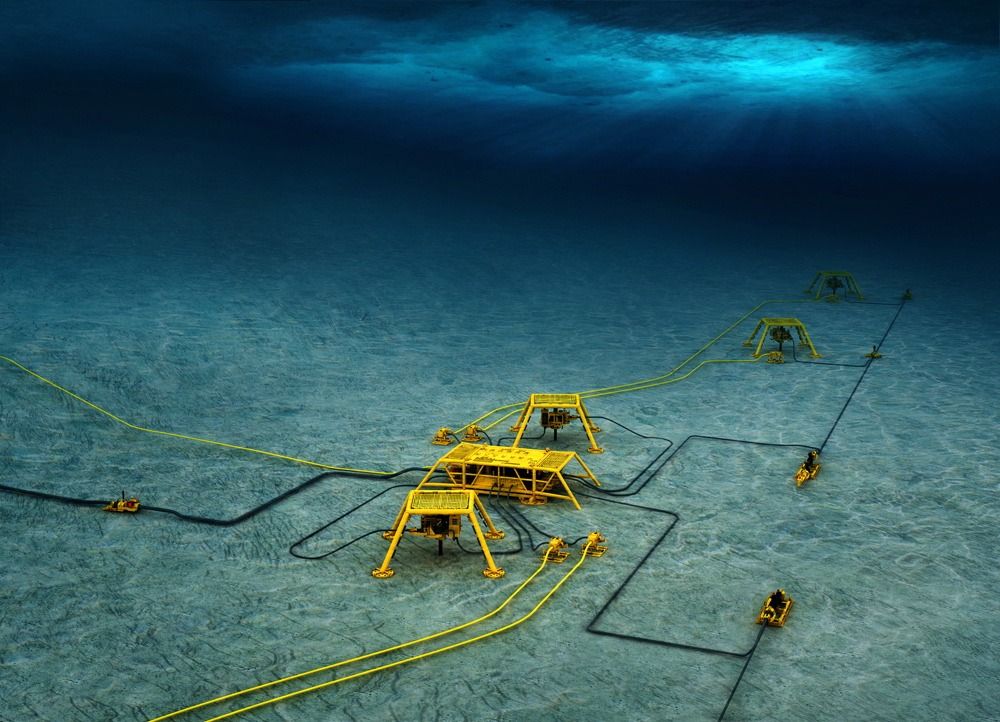Fields in the Arctic must be developed, not only underwater, but under ice, in order to make them profitable.
Threatening icebergs and pricey helicopter oscillation can be avoided by placing the extraction solutions under the water surface.
These subsea solutions will circumvent many of the problems in the Arctic, according to the subsea industry at the Subsea Valley conference in Fornebu.
– Subsea: the only solution for Shtokman
Subsea pipelines directly connected to the land, known as ‘subsea to beach’, was one of the main messages highlighted in Torkild R. Reinertsen’s announcement of his company’s strategy for the Arctic areas.
“For fields such as Shtokman, one must have under-ice installations,” says Reinertsen.
“Now the gas market is weaker, fields like Shtokman must be developed using subsea to beach umbilicals. It is the only option. This has to be good news for Subsea Valley,” he added.
Shtokman field, located over 500km from the shoreline, will see multiple technological problems in trying to achieve a streamlined underwater solution, such as power supply and the process of getting the gas to land using multiphase transport.
Engineering company, Reinertsen, has such high hopes for the development in the Arctic, that they have dropped their focus on Brazil in order to benefit the north. They have now developed a large workshop in Murmansk which they hope will eventually supply the Russian market.
– Subsea is ideal for the Arctic
Subsea to beach was the chosen process when Gazprom was to develop the Kirinskoye project just off Russia’s Pacific coast. Underwater solutions were the most logical and convenient due to the iced over water and icebergs dominating most of the year.


In 2010, the FMC broke into the Russian market for the first time when they were chosen as the supplier for the project.
“Subsea is ideal for locations with very little infrastructure, such as the Arctic,” said Christina M. Johansen, Technology Director for FMC Technologies in Kongsberg.
“Subsea solutions provide very little impact on site and you avoid having to transport workers offshore,” she explained.
The north possesses limited infrastructure which causes the need for operations to be carried out over large distances. Underwater solutions are also high in efficiency as the closer you place a pump to the reservoir, the more effective it is.
Threatening icebergs
The Arctic isn’t just the Arctic, according to Johanson. The challenges vary hugely depending on where in the Arctic you are working.
In several areas it is so shallow that underwater solutions must be dug into the seabed in order to clear the layer of ice. In the Barents Sea, the primary challenge remains the huge distances.
The enormous icebergs are one of the biggest problems in the area north of Canada. The FMC believes that the pipeline systems must be buried in the seabed do that icebergs can pass without destroying them.

